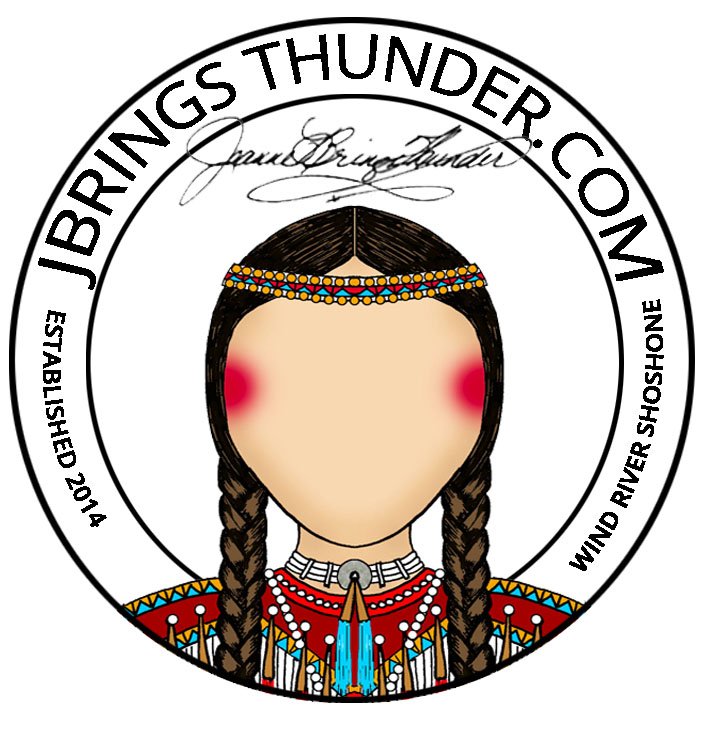Apsaa Looke Legacy




Apsaa Looke Legacy
***Print Only for Sale***
Apsaa Looke Legacy
Artist Signed Print
11"x17"
Original is mixed media (pen & ink, acrylic, colored pencil)
on antique ledger paper
Art! It brings an element of vibrancy into your home or office. Your choice of art often reflects your own personality, your tastes, your aspirations…buy art you love and surround yourself with it.
Apsaa Looke Legacy pays tribute to Apsaa Looke (crow) people and their beautiful elk tooth dresses and the women that still make and wear them.
History of Apsaa Looke Elk Tooth Dress
Before the invasion of silk, sequins and designer labels, the highest fashion west of the Mississippi was the elk-teeth dress. There was no mistaking the status of a Crow woman wearing her tribe's signature gown of blue or indigo trade wool covered by 500 elk canine teeth. These dresses were once used as wedding dresses. They wore their wealth on their sleeves. Because only two teeth from an elk are suitable, each dress represented years of hunting and hard work.
Elk eat grass and twigs, but they have two teeth in their upper palate made for tearing meat. The upper canines - known as the "ivories" - are evolutionary misfits with no purpose, said Bob Garrott, a Montana State University-Bozeman professor of ecology. "All mammals evolve to have incisors, canines, premolars and molars," he said. "As they evolve, their teeth slowly modify to their diets."
Since the stone age, these bulbs of ivory have caught the attention of hunters. They were different, polished, smooth. Some historians think they were among the earliest forms of jewelry.
Crow tradition once required successful hunters to give away the ivories to members of their hunting party who didn't down an elk. When a man killed his first elk, the ivories were saved for a necklace for his bride or for his daughter. Although usually only for special occasions, most Crow women continue to wear a beaded necklace with the two special elk teeth.
Ledger Art History
This genre, often called Ledger Art, represents a transitional form of Plains Indian artistry corresponding to the forced reduction of Plains tribes to government reservations, roughly between 1860 and 1900. Due to the destruction of the buffalo herds and other game animals of the Great Plains by Anglo-Americans during and after the Civil War, painting on buffalo hide gave way to works on paper, muslin, canvas, and occasionally commercially prepared cow or buffalo hides.
Changes in the content of pictographic art, the rapid adjustment of Plains artists to the relatively small size of a sheet of ledger paper, and the wealth of detail possible with new coloring materials, marks Plains ledger drawings as a new form of Native American art. As such, ledger painting portrays a transitional expression of art and material culture that links traditional (pre-reservation) Plains painting to the Plains and Pueblo Indian painting styles that emerged during the 1920s in Indian schools in Oklahoma and New Mexico.
Beginning in the early 1860s, Plains Indian men adapted their representational style of painting to paper in the form of accountants ledger books. Traditional paints and bone and stick brushes used to paint on hide gave way to new implements such as colored pencils, crayon, and occasionally water color paints. Plains artists acquired paper and new drawing materials in trade, or as booty after a military engagement, or from a raid. Initially, the content of ledger drawings continued the tradition of depicting of military exploits and important acts of personal heroism already established in representational painting on buffalo hides and animal skins. As the US government implemented the forced relocation of the Plains peoples to reservations, for all practical purposes completed by the end of the 1870s, Plains artists added scenes of ceremony and daily life from before the reservation to the repertoire of their artwork, reflecting the social and cultural changes brought by life on the reservation within the larger context of forced assimilation.
Copyright
All content including the presentation thereof on this web site is the property of Joanne Seesequasis and protected by U.S. and international copyright laws. You may not copy, reproduce, distribute, transmit, modify, create derivative works, or in any other way exploit any part of copyrighted material without the prior written permission from Joanne Seesequasis.










